Energy Wisdom
Today’s tips for a smarter tomorrow
Relevant
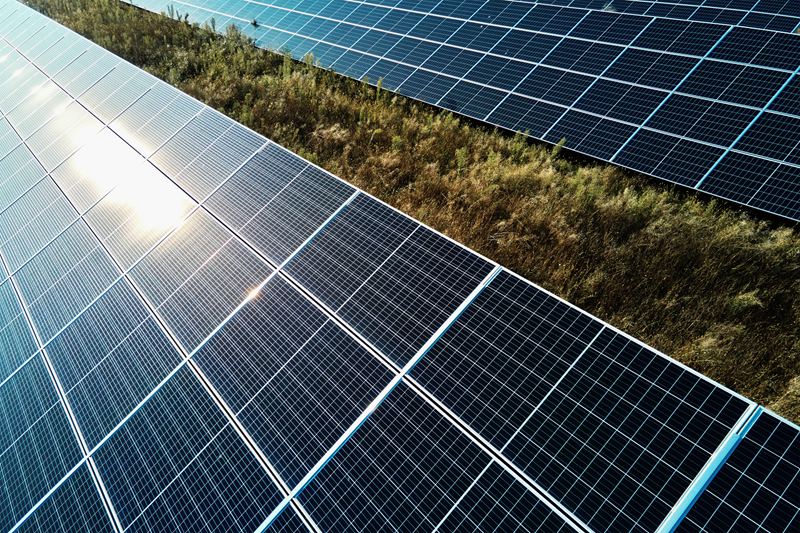
Reader asks: ‘Does my solar park pay off when electricity prices are negative in the summer?’
In recent summers, there have been several instances where electricity prices dropped below zero and forced producers to actually pay to sell electricity to the market. This has led many solar panel owners to ask: Is my solar park even worth it under such conditions?
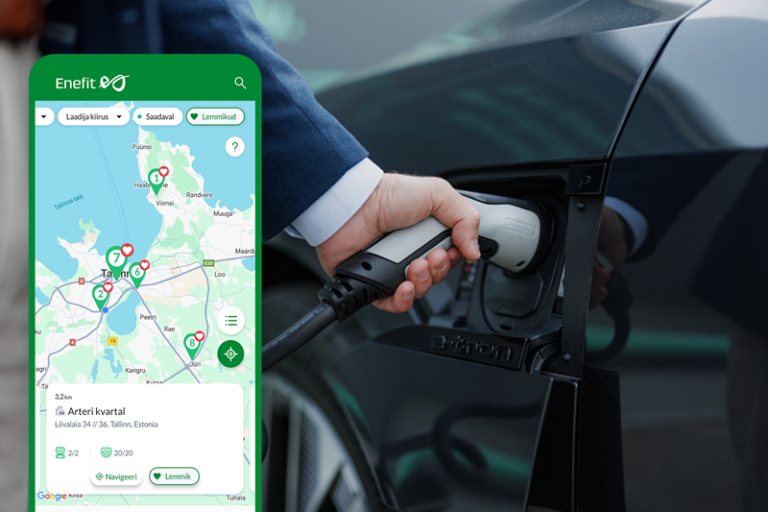
The Enefit Volt app is getting an update: now even more seamless and convenient user experience
We are pleased to announce that, starting from 9 April, users of our public charging service will have access to the updated Enefit Volt app. We have listened to customer feedback and worked to make the charging process faster and the app even more convenient to use.
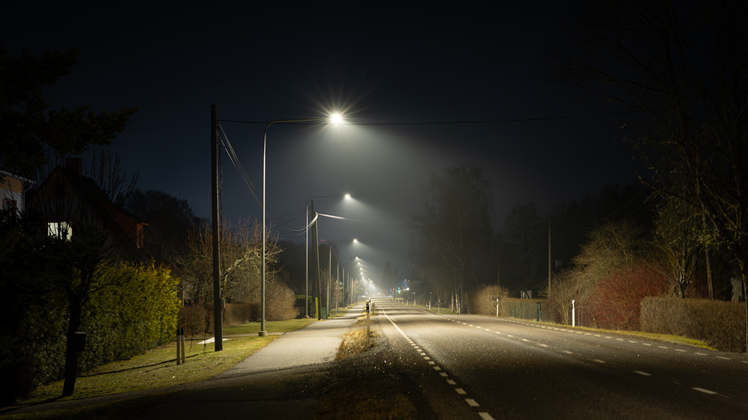
Kehtna rural municipality’s new and sustainable street lighting is now complete
Kehtna municipality is leading the way on the green journey by adopting a comprehensive new street lighting solution. Over the next ten years, Enefit will be responsible for the maintenance and management of the entire street lighting network, allowing the municipality to focus on other key aspects of local life.
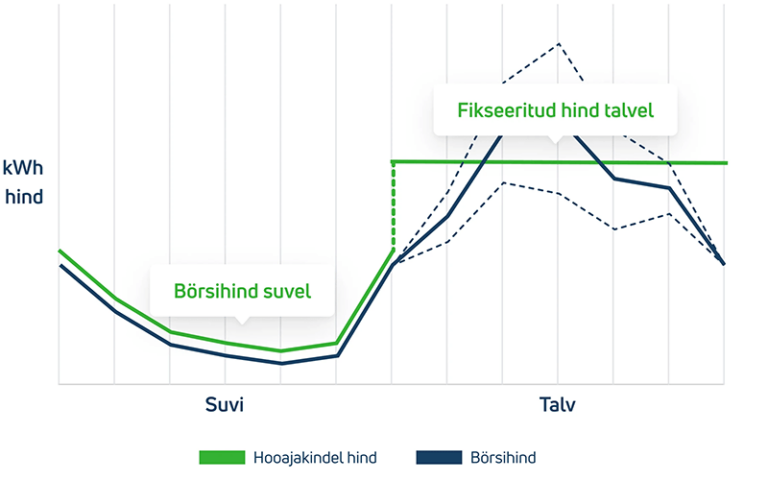
Seasonal Secure electricity package – exchange price in summer, security in winter
Are you among those people who switch to an exchange package in spring and fix the price in autumn to avoid winter price peaks? If so, we have good news for you – Enefit offers the Seasonal Secure electricity package, which will automatically do this switch for you.
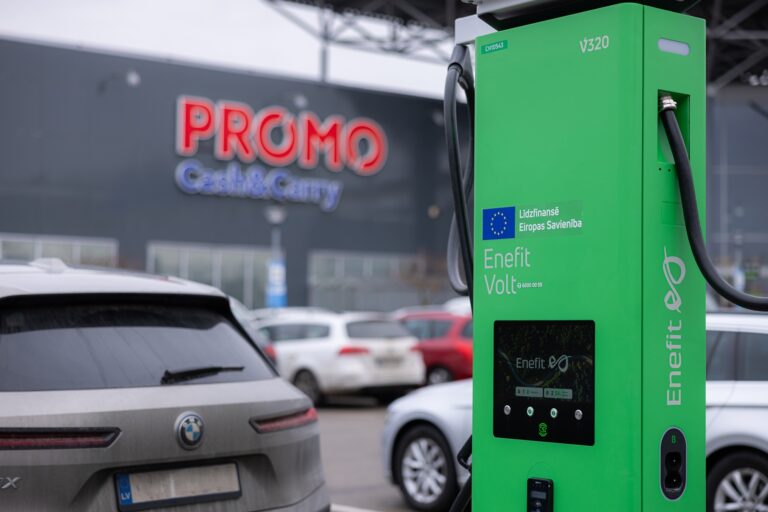
Enefit received four million euros in funding for the development of charging infrastructure in Estonia and Europe
Enefit Volt, Estonia’s largest provider of electric vehicle charging services, has successfully secured four million euros from the sixth call of the Connecting Europe Facility (CEF) to expand its network of ultra-rapid chargers in Estonia, Latvia, Lithuania and Poland.

Reader asks: ‘What is the difference between a network contract and an electricity contract?’
In order to have electricity at home, two separate contracts need to be concluded: a network contract and an electricity contract. Here, we explain what each contract involves and how they are connected.

R-Kiosk has sustainability at heart
R-Kiosk puts eco-friendliness at the heart of its business, taking a big step towards a sustainable future by switching to 100% green energy. This shows that convenience shopping can be both easy and responsible.
Energy market overview
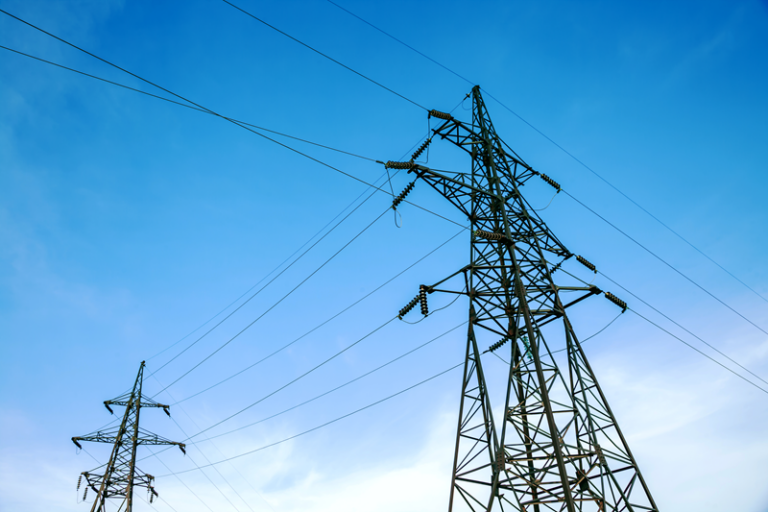
Energy Market Overview: What happened on the energy markets of Estonia, the Baltic States and Europe in March?
In general, March unfolded on the energy landscape as anticipated and did not bring any big surprises. Consistent with the spring season, energy prices in the Baltic States remained stable and low. Let’s analyse the main factors that contributed to this trend.

Energy Market Overview 25.04.2023: The weather of the upcoming summer will determine the price of electricity for the winter
The exchange price of electricity has decreased to a reasonable level. Natural gas is more expensive than a few years ago, but still at a tolerable price compared to the past year. What energy prices will look like in the coming winter will largely depend on what the upcoming summer will be like.

Energy Market Overview 18.04.2023: Affordable electricity prices do not mean the energy crisis is over
Prices dropping to zero for a few hours last week does not mean that Europe has finally come out of the energy crisis. Although the launch of the Olkiluoto 3 nuclear power plant and the completion of new wind farms will bring some relief to our pricing area, winter may be difficult in the event of the worst scenario.
Let's start saving!
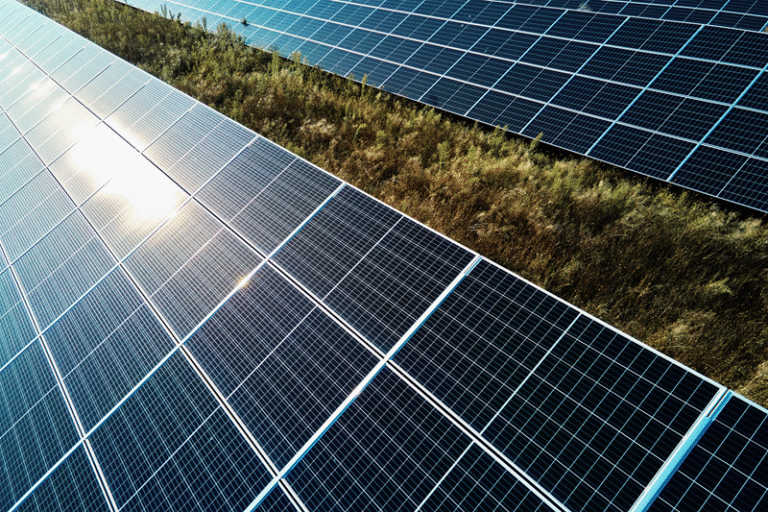
Reader asks: ‘Does my solar park pay off when electricity prices are negative in the summer?’
In recent summers, there have been several instances where electricity prices dropped below zero and forced producers to actually pay to sell electricity to the market. This has led many solar panel owners to ask: Is my solar park even worth it under such conditions?

How to make sustainable energy solutions work for your business
Sustainability is not just a buzzword, but a conscious and responsible way to support the long-term growth of your core business. A sustainable company assesses the impact of its operations, takes responsibility for it and uses resources efficiently.

Reader asks: ‘How to keep electricity bills low in the winter months?’
Google has published a list of the year’s most searched words. At the top of the ranking we also find the keyword ‘electricity exchange price’. Indeed, the price of electricity has often been a topic of discussion, especially when it is expensive. Among other things, the year was marked by the failure of Estlink 2 and the resulting increase in electricity prices in the summer, when we would otherwise enjoy rather low prices thanks to high renewable energy production.
Podcasts
Home savings
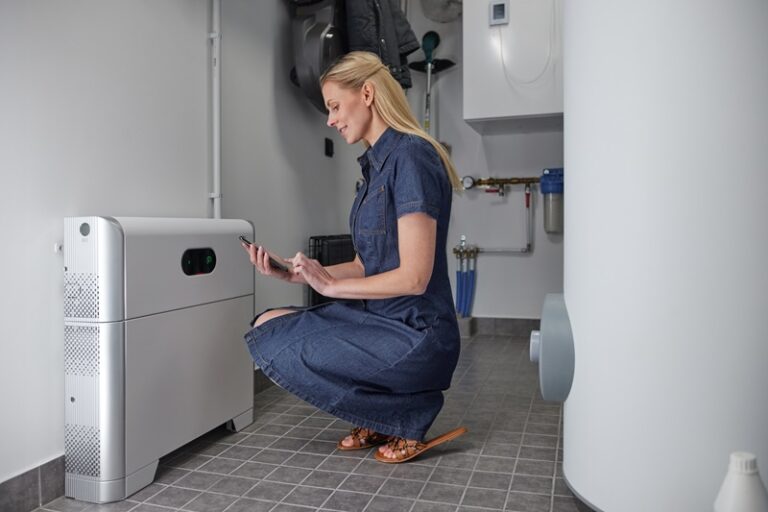
Reader asks: ‘Does it make sense to purchase a battery if I don’t have solar panels?’
Many people automatically associate home battery solutions with solar panels, but in fact, a battery storage device can be a worthwhile investment even if you don’t have any solar panels.

Reader asks: ‘How to keep electricity bills low in the winter months?’
Google has published a list of the year’s most searched words. At the top of the ranking we also find the keyword ‘electricity exchange price’. Indeed, the price of electricity has often been a topic of discussion, especially when it is expensive. Among other things, the year was marked by the failure of Estlink 2 and the resulting increase in electricity prices in the summer, when we would otherwise enjoy rather low prices thanks to high renewable energy production.
Electrical safety

Safety first! When was the last time you checked your household electrical appliances?
In the midst of our busy lives, we tend to forget how important it is to check our household electrical appliances at least once a year to make sure they are safe. Even poor contact in an outlet can cause a fire. However, you should entrust electrical works to professionals who ensure that both minor and major electrical works are done correctly.
Efficient business

Kehtna rural municipality’s new and sustainable street lighting is now complete
Kehtna municipality is leading the way on the green journey by adopting a comprehensive new street lighting solution. Over the next ten years, Enefit will be responsible for the maintenance and management of the entire street lighting network, allowing the municipality to focus on other key aspects of local life.

R-Kiosk has sustainability at heart
R-Kiosk puts eco-friendliness at the heart of its business, taking a big step towards a sustainable future by switching to 100% green energy. This shows that convenience shopping can be both easy and responsible.

How to make sustainable energy solutions work for your business
Sustainability is not just a buzzword, but a conscious and responsible way to support the long-term growth of your core business. A sustainable company assesses the impact of its operations, takes responsibility for it and uses resources efficiently.
Energy saving possibilities
The greatest loss of energy occurs in a poorly insulated building through the roof and ceiling that accumulates warm air, which finds it easier to escape if the insulation is substandard.
Learn the basics of insulation:
- Insulating an entire house and replacing windows and doors can save up to 50% of heat.
- Wall insulation can save between 16% and 30% of energy costs since additional insulation of exterior walls can annually save an average of 50–120 kWh per wall m².
- Roof and attic insulation can save between 5% and 23% energy-savings, as roofing insulation saves an average of 40–80 kWh per m² of insulated area per year. On average, the thermal conductivity of old buildings is reduced to about 1 W/(m2K) to 0.15–0.2 W/(m2K) through roof and attic insulation.
- Basement insulation can save between 6 and 12% of energy costs since insulating a dado or basement ceiling can annually save an average of 50 kWh/m² per heated surface. It is certainly worth paying attention to the existence of basement windows and adequate ventilation, and to that in an unheated basement, heating and cold water pipes should be covered with at least 50 mm insulation.
- Sealing old windows, replacing broken glass and half-way open doors, or installing new triple-glazed windows and more heat-resistant exterior and balcony doors offer great savings in reducing heat loss in the building. This can save about 15% of the heat consumed, whereas the replacement of old wooden windows with triple glazing, for example, results in annual savings of 200–300 kWh per m2 of a window. Installing ventilation with heat recovery can save 900 kWh thermal energy per year if aeration occurs 0.4 times per hour. The power consumption of ventilators is added to this.
If incandescent lamps are used as light sources, it will be much more energy efficient to replace them with LEDs. While incandescent lamps can account for a quarter of your electricity bills, LEDs reduce lighting costs by up to 80%.
What to pay attention to:
When purchasing new lamps, search for the luminous flux of the lamp (in lumens – lm) from the packaging. For example, a 60 W filament lamp corresponds to a luminous flux of 700–750 lm produced by a 33–48 W halogen lamp, an 11–12 W energy-saving lamp or an equally powerful LED lamp.
- Check the colour temperature of the lamp (in kelvins – K). The lower the value, the warmer and more relaxing the light (warm white 2700–3000 K, white 3500 K, cold white >4000 K). Warm light is preferable in living quarters, cold in workspace. Also, be sure to check the packaging to see if the selected energy saving lamp or LED lamp is dimmable should you want to adjust the light.
- The shorter the lamp life, the more deteriorating their impact. Lifetime of lamps:
- standard filament lamp – 1000 hours,
- halogen lamp – 500–3,000 hours,
- energy-saving lamp – 6000–20,000 hours,
- LED lamp – 25,000–50,000 hours.
- For locations with more than three switches per day, a model with a large number of switches should be selected instead of a standard energy-saving lamp.
- When purchasing lamps for use outdoors or in humid rooms, you should check whether the packaging shows the operating temperature or degree of IP protection. The degree of IP protection indicates the protection of the electrical equipment against dust and water. The higher the IP value, the more protected the luminaire is from external influences. For example, for a bathroom ceiling or garden, IP44 light fittings are suitable.
At home, more often than not too much energy is spent on heating that is not really needed – whether uninhabited rooms are heated or normal room temperature is maintained when no one is at home.
To save heating costs:
- When planning a new house, bear in mind that rectangular buildings are the most energy efficient.
- Unnecessary heating costs can be identified and reduced by a variety of energy-saving devices and by their regular maintenance. Heating system automation can save 5–25% of energy costs.
- Air source heat pump is an easy-to-install and cost-effective solution that saves two to three times as much as electric heating. In hot weather, air source heat pumps can be used for cooling.
- When an air source heat pump produces 5 kWh of heat, it consumes only 1 kWh of electricity and the remaining 4 kWh is free heat received from the air.
- Pleasant indoor climate in dwellings means an air temperature of 18–22 °C during the heating season. In order to ensure such an air temperature, rooms need to be heated for an average of eight months a year in Estonian climate. Solar solutions allow people and companies generation of electricity on their own, covering a significant part of the energy required to produce hot water during this period.
- For radiators, heating costs can be reduced by installing thermostatic valves, regularly ventilating them, and keeping their interior clean of scale. Moreover, a one-degree reduction in temperature means a 5% reduction in heating costs.
Almost a third of the energy in Estonia is used for housing. It is important to make buildings more energy efficient to reduce the environmental impact. In addition, smart consumption can save up to 50% on energy costs.
To make sure you are energy efficient:
- Thermal inspection assesses the technical condition of your building and its main heat leaks. We recommend thermal inspections for post-construction quality control or for finding solutions to make your home more energy efficient.
- Energy label is a document that provides an overview of the actual energy consumption of your home: how much energy is used for heating, electricity, water heating, etc.
- Energy audit finds out which appliances consume energy at home as well as where and how much energy is unnecessarily lost from your building. An energy audit is accompanied by recommendations on how to save on energy costs.
Homes often have devices in standby mode that are not actually used. The power consumption of some old accessories is so high that it requires replacement of the device with a new and more economical one.
To avoid unnecessary energy consumption:
- The permitted energy consumption of household appliances is presented on the energy label. When choosing a new household appliance, be sure to look at it: the higher the label (A+++ or A++), the less energy the appliance consumes.
- You can monitor the energy usage of different devices with meters and monitors that can analyse the current energy usage of the devices and see the potential for energy saving. Measuring instruments may include thermometers, electricity and gas meters, socket meters, electricity consumption monitors and thermal cameras.
- Special direct energy-saving devices have been created to save energy in households whose main purpose is to achieve energy saving. These include, for instance, switches, extension cords and remote switches, programmable thermostats, standby detection sensors, door and window sensors, and home automation that can control your household’s power consumption anywhere in the world, among other amenities.
- Indirect energy-saving devices can also provide energy savings. These include, for example, control switches, time switches, motion or infrared sensors, and dimming switches, some of which are designed for other purposes but also indirectly save energy.
Solar panels are the best and easiest way to start producing your own 100% clean electricity and thus save on electricity costs. You will save on grid electricity, charges as well as on national taxes, and you can sell the excess of your electricity to the grid or store it. Investment in an environmentally sustainable home solar power plant will have a stable and assured return, increasing the market value of your building.
What to keep in mind when building a solar power plant:
- The best time for solar power plant planning is autumn. In this case, the plant will be ready by spring and you will have the opportunity to enjoy almost all of next year’s solar electricity output.
- The peak productivity of solar panels is usually between March and late August. The months with the best output are April and May when the sun is high but the temperatures are still cool. Productivity is lower in winter, but not absolutely non-existent.
- For example, a household with an annual consumption of 15,000 kWh and a roof that can accommodate 8 kW of solar panels will save approximately 650 euros per year (half of your current electricity bills) at the expense of electricity saved and sold to the grid. Ideally, it is possible to reduce electricity bills by up to 70% per year.
- An energy storage unit can increase the consumption of self-produced energy by up to 20%. This results in greater financial savings at the expense of grid electricity and network charges. If a backup power switch is added to the storage solution, the power supply will not be interrupted in the event of a network failure.
A well-designed solar park will pay off in up to ten years.
Take the virtual tour!
Discover ways to make your home smarter and greener
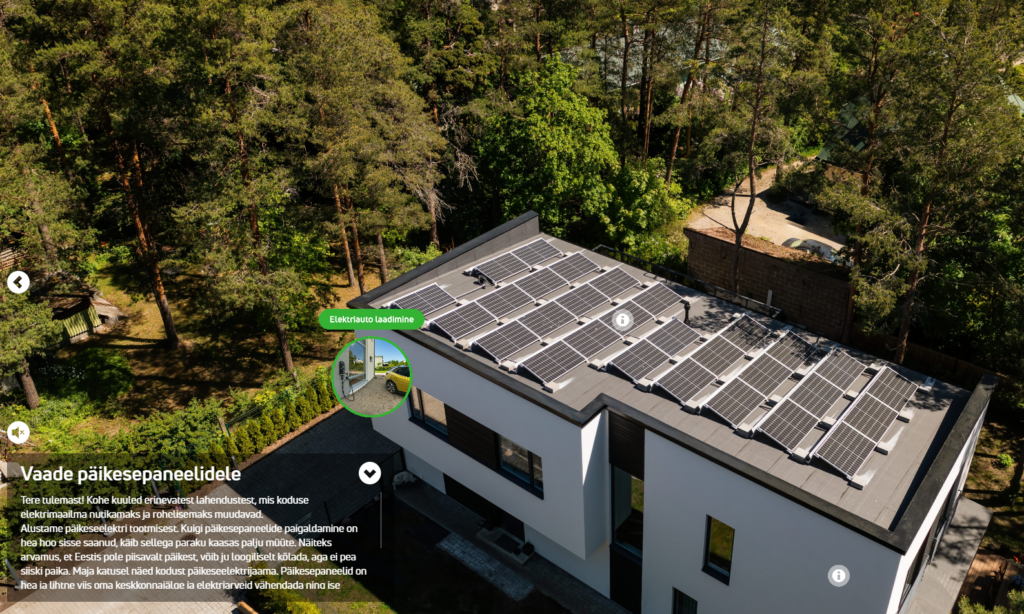
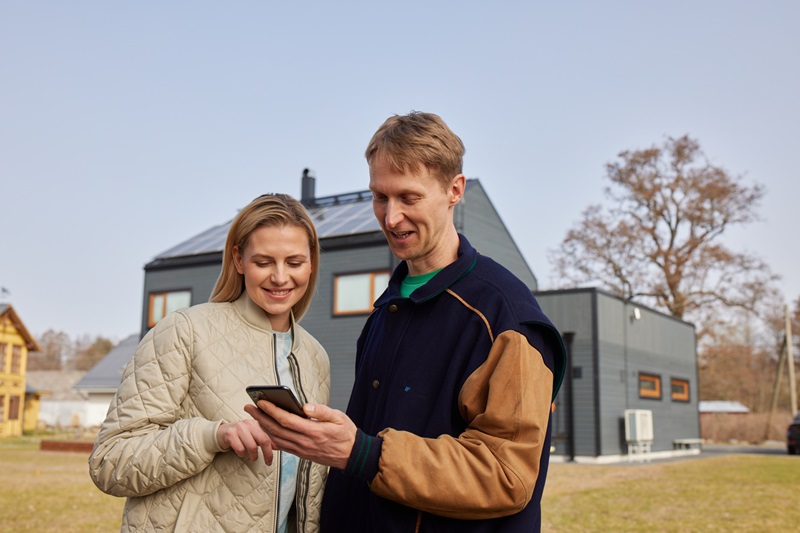
Want to know more?
Read about what is happening in the energy world on our blog.